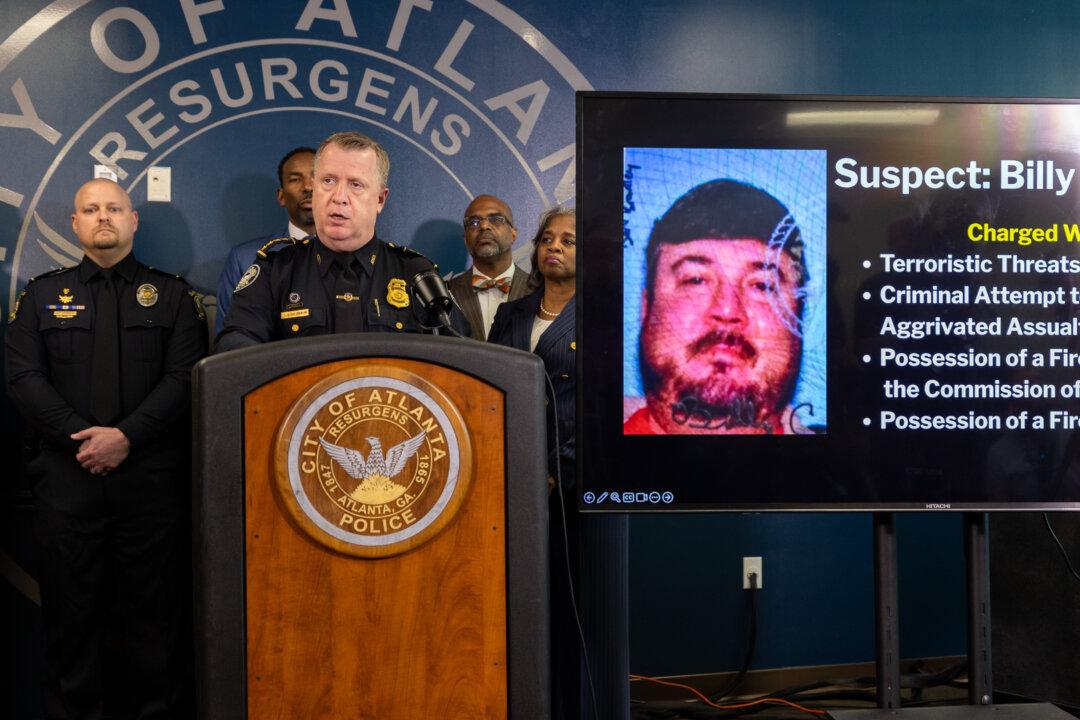PARIS—French historians on Wednesday unveiled secret services’ archives from World War II that offer a unique insight into underground operations led by both the Nazis and the French resistance — along with the individual paths taken by thousands of agents, including celebrities like French designer Coco Chanel.
Most of the letters, reports, cables and photos from the rival intelligence agencies of the French Resistance, the collaborationist Vichy regime and the German authorities remain unpublished. The documents, stored for years in the archives at the medieval castle of Vincennes, east of Paris, have not been explored by historians until recently.

French Frederic Queguineur, in charge of the secret services archives, takes a file box of documents, stored for years in the archive rooms of the medieval castle of Vincennes, east of Paris, on March 16, 2016. AP Photo/Francois Mori





